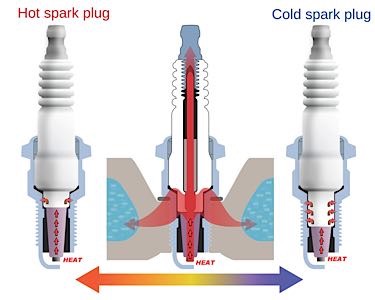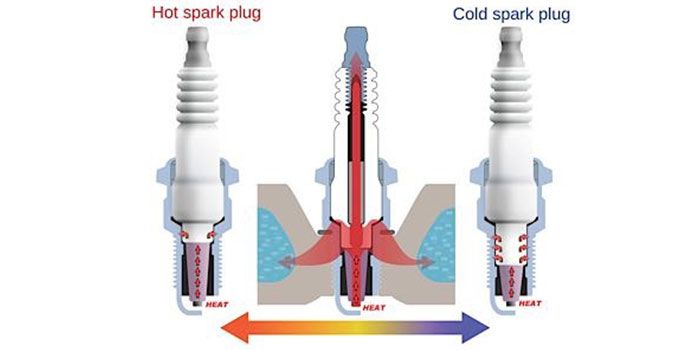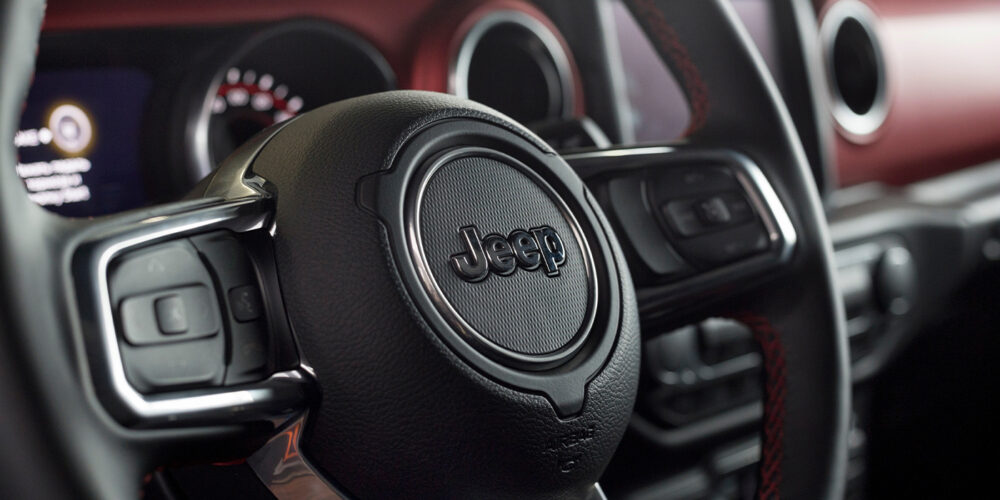Choosing a set of racing spark plugs for a particular application is not as easy as it sounds because the plugs have to be closely matched to the application. Stock plugs are fine for stock applications and ordinary driving conditions. But when an engine is modified to make more power and is run under racing conditions, a lot of things change inside the combustion chamber.
Two things are absolutely critical when it comes to choosing a set of spark plugs for a racing application: heat range and ignition reliability. Heat range is the most important because the wrong set of plugs can literally destroy an engine! Misfires won’t kill an engine, but they can certainly kill power and lose a race.
Heat range is a big deal with racing applications because modified engines produce more heat. They burn more air/fuel mixture with every combustion cycle, so the plugs typically run hotter than in a stock engine. Because of this, the plugs have to be “colder” so they don’t overheat and become a source of pre-ignition and detonation.
 Heat Ranges
Heat Ranges
Spark plugs come in various heat ranges, which refers to the ability to conduct heat away from the tip so the plug doesn’t overheat. Reducing the core nose length of the ceramic insulator inside the plug shell can shorten the path heat has to follow to flow away from the tip of the plug. By varying the design of the ceramic insulator, a plug manufacturer can create a line of plugs that have different heat characteristics, from hot to “normal” to cold to really cold for all-out racing.
Spark plug manufacturers make specific heat range recommendations for stock applications because they have tested the plugs in the engine and have validated the performance for fouling resistance and pre-ignition/detonation resistance. But most manufacturers will not make specific heat range recommendations for performance or racing applications because there are too many variables and they have no way to validate which heat range will work the best in a given application — and they don’t want to be liable for a blown engine if a recommended plug turns out to be too hot for the motor.
Determining the “right” heat range for a given engine is usually a process of trial-and-error for the average engine builder or racer. A spark plug manufacturer can use a specially modified spark plug equipped with a thermocouple to measure plug temperature during a dyno run. But lacking such equipment, the best you can do is do a dyno pull (or make a test run), shut the engine off without letting it idle, then remove and “read” the plugs to see if they are fouling.
If the ceramic insulator around the center electrode is covered with black soot deposits, the plugs are running too cold and you need to go one or two heat ranges warmer. If the tips of the plugs have a yellowish or blistered appearance, they are running too hot and you need to go one or two heat ranges colder — unless the air/fuel mixture is running way too lean, in which case you need to re-jet the carburetor for more fuel.
You can always go too cold with a set of spark plugs and not damage your engine, but you can burn a piston if the plugs are too hot. The worst thing that will happen if the plugs are too cold is that one or more plugs may foul and misfire if the engine idles too long or is only run under a light load and never runs with the pedal to the metal.
Courtesy Underhood Service.














